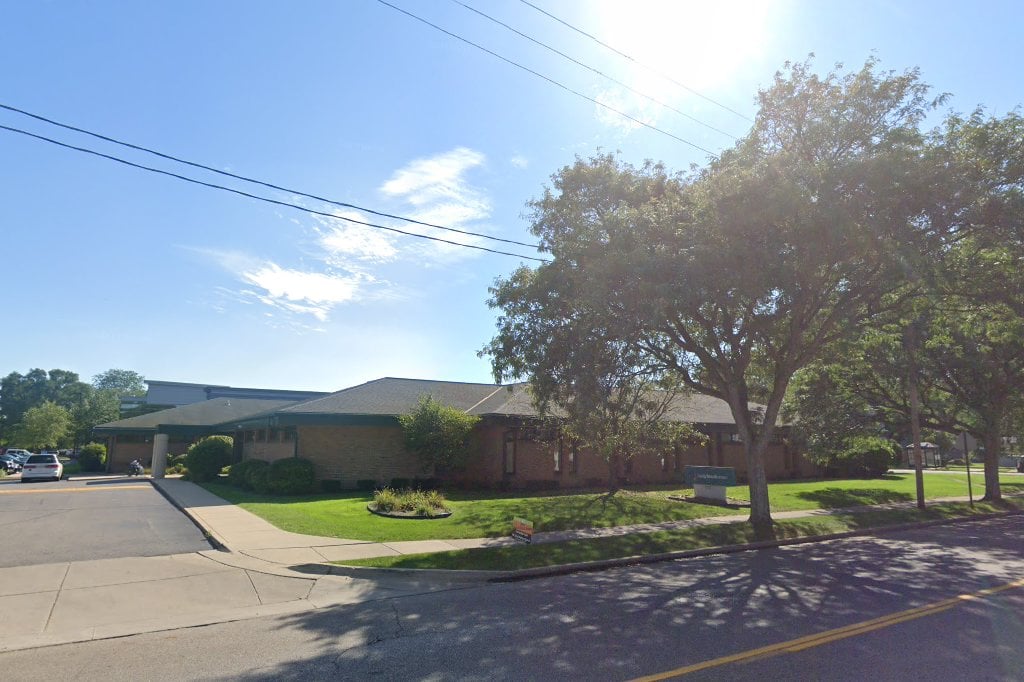Sedation For Dentistry

Sedation dentistry has revolutionized the way patients experience dental care, making it possible for even the most anxious individuals to receive the treatments they need without undue stress or discomfort. At its core, sedation dentistry involves the use of pharmacological agents to help patients relax and feel more at ease during dental procedures. This approach not only benefits patients with dental anxiety but also those who are undergoing complex or lengthy dental treatments.
One of the primary advantages of sedation dentistry is its ability to address a wide range of patient needs. Whether a patient is mildly anxious or has a deep-seated phobia of dental procedures, there is a level of sedation that can be tailored to their specific requirements. The spectrum of sedation options ranges from minimal sedation, where the patient is awake but relaxed, to deep sedation, where the patient is on the edge of consciousness or in a sleep-like state.
Understanding Sedation Levels
Minimal Sedation: With minimal sedation, the patient remains awake and able to respond to questions but feels relaxed and calm. This level of sedation is often achieved through nitrous oxide (laughing gas) or oral sedatives.
Moderate Sedation: Patients under moderate sedation may slur their words and not remember much of the procedure. They can still breathe on their own but might not respond normally to verbal commands.
Deep Sedation: Under deep sedation, patients are on the edge of consciousness and might not be able to respond. This level is not commonly used for dental procedures due to the risks involved and the need for specialized equipment and personnel.
General Anesthesia: Though not typically categorized under sedation dentistry, general anesthesia renders the patient completely unconscious. This is usually reserved for extensive procedures requiring hospital settings.
Sedation Techniques and Agents
Various sedation techniques and agents are utilized in dentistry, each with its own advantages and considerations:
Nitrous Oxide (Laughing Gas): This is one of the most commonly used sedation methods in dentistry. Nitrous oxide is administered through a nasal mask and provides an immediate effect. Patients can drive themselves home after the procedure, as the effects wear off quickly.
Oral Sedation: This involves taking a pill or liquid before the dental procedure. The medication helps the patient relax, and its effects can range from minimal to moderate sedation. The type of medication and dose will determine the level of sedation achieved.
IV Sedation: Administered through a vein, IV sedation allows for precise control over the level of sedation. This method requires specialized training and monitoring equipment, ensuring the patient’s safety throughout the procedure.
Benefits and Considerations
Sedation dentistry offers numerous benefits, including reduced anxiety, increased comfort, and the ability to perform complex procedures in fewer appointments. However, it’s crucial for patients to discuss their medical history and any medications they’re currently taking with their dentist to avoid potential interactions.
Furthermore, sedation dentistry is not without risks. Patients must be carefully monitored during the procedure, and post-procedure instructions must be followed carefully to ensure a safe recovery.
The Future of Sedation Dentistry
As sedation techniques and agents continue to evolve, we can expect to see more tailored approaches to patient care. Advanced technologies and new pharmacological agents are being developed to provide safer, more effective sedation options. The integration of sedation dentistry with other advanced dental technologies promises to further enhance patient comfort and outcomes.
Case Studies: Real-Life Applications
Complex Dental Surgery: A patient requiring extensive dental reconstruction benefited from IV sedation, allowing the procedure to be completed in a single session with minimal discomfort.
Dental Phobia: An individual with a severe dental phobia was able to undergo routine cleaning and examination under oral sedation, marking the first time they had visited a dentist in years without extreme anxiety.
FAQ Section
What is the safest form of sedation for dental procedures?
+The safest form of sedation often considered is nitrous oxide due to its immediate effects and quick recovery time. However, safety is highly dependent on the patient's health status, the procedure's complexity, and the dentist's expertise.
Can anyone receive sedation dentistry?
+While sedation dentistry can be beneficial for many, it's not suitable for everyone. Factors such as age, health conditions, and current medications can influence eligibility. A thorough consultation with a dentist is necessary to determine the best approach for each patient.
How long does it take to recover from sedation dentistry?
+Recovery time varies depending on the type of sedation used. Nitrous oxide wears off quickly, allowing patients to drive themselves home. Oral and IV sedation may require a few hours to wear off completely, and patients should plan for someone to drive them home and monitor their recovery.
Conclusion
Sedation dentistry has opened doors for individuals who previously avoided dental care due to anxiety or fear. By understanding the different levels of sedation, the various techniques and agents available, and carefully considering the benefits and risks, patients can make informed decisions about their dental care. As advancements in sedation dentistry continue, we can anticipate even more personalized and effective approaches to patient comfort and care. Whether you’re facing a routine check-up or a complex procedure, discussing your sedation options with a qualified dentist can be the first step towards a more comfortable and stress-free dental experience.

